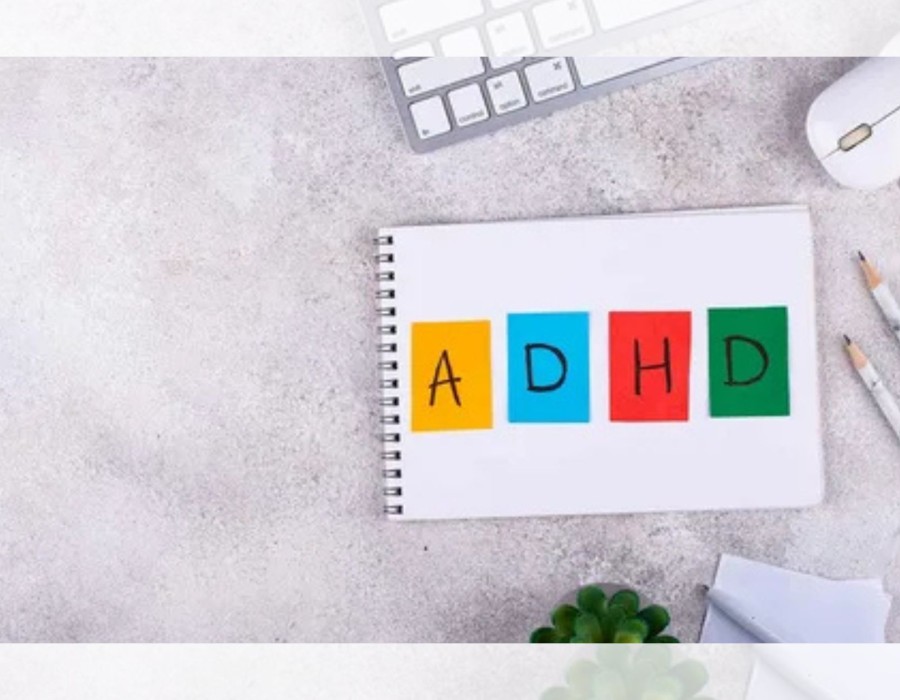Many people hesitate to seek an ADHD evaluation in Columbus, Ohio because of the myths floating around. Misconceptions about the process, accuracy, and purpose of ADHD testing often keep individuals from getting the help they truly need. These myths not only spread confusion but also create unnecessary fear. Clearing the air can make it easier for both children and adults to take the first step toward understanding their symptoms.
Myth 1: ADHD Is Just a Childhood Issue
One of the biggest myths is that ADHD only affects kids. While symptoms often appear in early years, many adults also live with ADHD. The reality is that untreated ADHD can continue into adulthood, affecting careers, relationships, and daily life. An ADHD evaluation in Columbus Ohio is not limited to children. Adults benefit just as much because evaluations help uncover hidden patterns that may have been dismissed for years.
Myth 2: An Evaluation Only Takes a Few Minutes
Another common misconception is that an ADHD test is quick and simple, like filling out a short questionnaire. In truth, proper evaluations are detailed and thorough. They often include interviews, behavior assessments, and sometimes input from teachers or family
members. This process ensures accuracy instead of rushing to conclusions. A reliable evaluation takes time because every case is different.
Myth 3: Anyone Can Diagnose ADHD
Some people believe any medical professional can diagnose ADHD after a quick chat. That is far from the truth. An accurate diagnosis requires specialized training, experience, and careful assessment tools. Professionals conducting an ADHD evaluation in Columbus, Ohio follow established guidelines to make sure the results are valid. Trusting just any opinion can lead to misdiagnosis or unnecessary stress.
Myth 4: ADHD Testing Labels People for Life
A lot of families worry that once someone is evaluated for ADHD, they will carry a permanent label. This is another myth worth tossing out. An evaluation does not define a person. Instead, it provides clarity and guidance. It helps explain behaviors, struggles, and strengths, giving individuals tools to succeed. Far from being a label, an ADHD evaluation is a steppingstone toward support and growth.
Myth 5: Evaluations Always Lead to Medication
The idea that every ADHD diagnosis ends with a prescription is a major misconception. While medication can be part of a treatment plan, it is not the only option. Evaluations often recommend strategies such as therapy, lifestyle changes, ADHD coaching, and or school accommodations. The main goal is to create a plan that fits the individual’s unique needs. An evaluation simply opens the door to different possibilities.
Myth 6: ADHD Testing Is Just About Checking Boxes
Some believe ADHD testing is only about ticking boxes on a checklist. In reality, it is a holistic process. Evaluators look at multiple aspects of a person’s life, including behavior patterns, emotional responses, and environmental factors. Other mental health conditions can mimic ADHD, so careful and accurate diagnoses are essential to obtaining the right treatment. By gathering information from various sources, professionals create a clear and accurate picture. This approach ensures no detail gets overlooked.
Myth 7: Only Hyperactive People Need an Evaluation
A final myth is that ADHD always shows up as hyperactivity. While hyperactivity is one form, ADHD can also present as inattentiveness, forgetfulness, or trouble with focus. Some individuals may appear calm on the outside but still struggle internally. An ADHD evaluation in Columbus, Ohio helps uncover these less obvious signs. That is why it is important not to rely on stereotypes when deciding whether to seek testing.
Breaking down myths about ADHD is essential to help people feel confident about seeking support. An ADHD evaluation in Columbus, Ohio is not about quick labels or instant prescriptions. It is about understanding each individual in depth, uncovering hidden challenges, and building a clear path forward. By debunking these myths, more people can step toward clarity and get the tools they need to thrive.





Comments